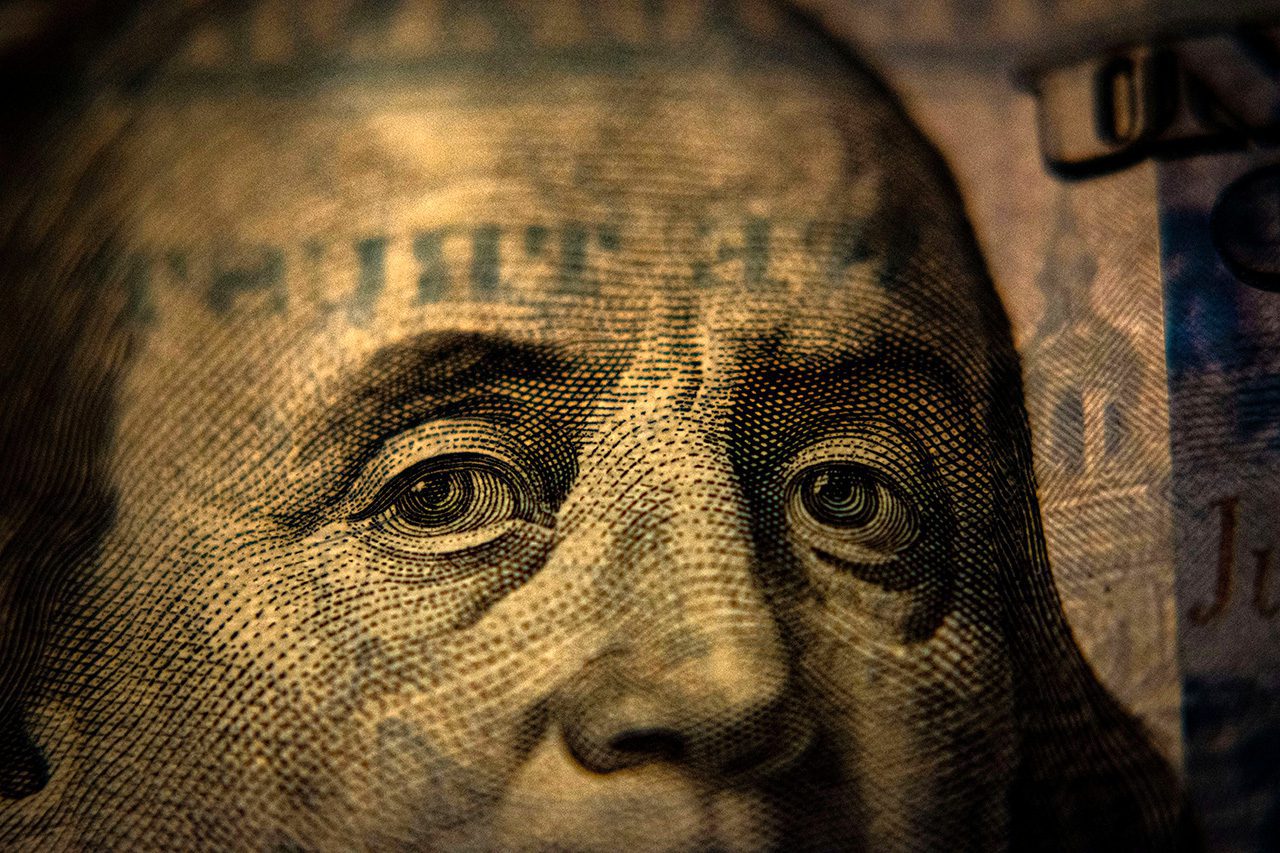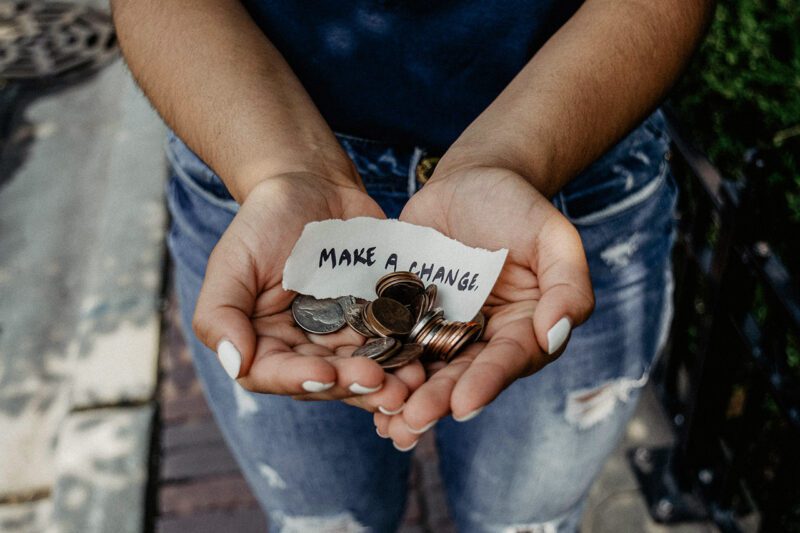The Algorithmic Classroom
South Korea’s ambitious experiment with AI in classrooms holds lessons for the world

Donor Advised Funds (DAFs) are in the spotlight this past week in the United States. The IRS held a public hearing to discuss its plan to regulate the tax-free philanthropic giving vehicle, and Goldman Sachs is facing securities fraud accusations for its giving through its affiliated DAF, one of the largest, Goldman Sachs Gives.
The National Philanthropic Trust calls donor-advised funds the most popular, tax-efficient way to make charitable donations and philanthropy. Donors choose DAFs for several reasons, including immediate tax deductions, tax-free growth of assets, stocks, real estate, and even cryptocurrencies, saving thousands if not millions in capital gains taxes. They can subsequently recommend grants from the fund over many years, while the assets continue to grow. This way, tax benefits and charitable giving are decoupled in time. Crucially, DAFs give donors control over where they donate and give to charity. Many view DAFs as an effective and flexible way to democratize philanthropy. Setting up a private foundation is far more complicated. Additionally, unlike private foundations, which are required by law to payout at least 5% of their assets annually, DAFs may give as little or as much as they please.

DAFs have grown manifold in recent years, with most newer ones set up after 2010. In 2022, DAFs received 27% of all individual giving, and held $228.89 billion across over 2 million individual accounts. About half of all DAFs hold less than $50,000 in assets. This is not only almost double its 2018 assets, it is also a significant portion of all philanthropic holdings in the United States, with the other philanthropic giving vehicle, private foundations, holding $1,158 billion.
From healthcare innovation to climate, DAFs can enable the flow of critical catalytic capital to underfunded areas, and do it fast.
Many of the largest DAFs are associated with major financial institutions, like Fidelity Charitable, Schwab Charitable, and Vanguard Charitable. For example, Fidelity Charitable held just over $56 billion in total assets in 2023. While Fidelity Charitable asks for no minimum initial contribution and $50 in minimum grants, Vanguard requires an initial contribution of $25,000. Elsewhere, a movement to increase access and lower barriers to entry for smaller dollar philanthropists is emerging. Daffy, a Silicon Valley startup founded by Adam Nash in 2020 wants to bring DAFs to everyone. In 2023, contributions by members on Daffy crossed $100 million, and, according to their website, Daffy donors have given over $1.7 Million in donations to charities, schools, and religious institutions. Another startup, Y-combinator backed Charityvest requires $15 in minimum contribution.

While some want to increase ease and access for donors, others want to influence where the donations go. The most obvious on that list are non-profits. More and more nonprofit organizations count DAFs as a part of their fundraising strategy. In 2023, organizations that promoted DAFs to their donor bases raised more than twice the funding from DAF grants than those that did not. The Stanford Social Innovation Review says DAFs may even provide a “smoothing function” to charities during economic downturns.
Hot on the heels of donations to non-profits are impact investments. 62% of Millennials say that impact investing has far more potential than philanthropy in creating lasting and positive change. In November 2023, Social Finance launched the Social Finance Impact First Fund, receiving grants from Boston Foundation, Fidelity, Vanguard Charitable, and a Combined Jewish Philanthropies’ DAF. The open-ended fund aims to raise $250 million by 2025, and has, to date, deployed $7.5 million to Blackstar Stability Distressed Debt Fund and Candide Group’s Afterglow Climate Justice Fund. CapShift, another leader in the field, facilitates access to impact investing opportunities to DAF donors, while ImpactAssets operates a DAF with its own impact investment platform.

Founded a few months ago, Neta Foundation hopes to fund early-stage, pre-commercialization healthcare innovation. CEO Danielle Capalino says of their focus area: “This is where the most innovative ideas exist and where funding is hardest to come by”. She sees it as an area of opportunity to make impactful philanthropic investments where non-dilutive funding is slow, and technology too early for institutional investment. “We chose a DAF as a platform because it offered the flexibility that we needed in being a vehicle that could make investments, recoverable grants, and donations allowing our donors to have a diversified way of contributing to the philanthropic causes they care about,” Capalino said in an email.
Social Finance estimates an annual pipeline of $24 billion in impact investment opportunities. From healthcare innovation to climate, DAFs can enable the flow of critical catalytic capital to underfunded areas, and do it fast.
Important to address are wide criticisms, for with DAF’s flexibility comes its issues of transparency and accountability. DAFs are advertised as anonymous and tax free, allowing non-profits to have little clarity on where the funding came from. Critics say DAFs are potentially being used to fund culture wars and hate groups. The lack of mandatory payout rates also means some DAFs don’t pay out, sometimes ever. 37% of DAFs do not distribute any funds in a given year. Some argue that 84% of funds meant for charities never leave DAFs. When funds do leave DAFs, they sometimes simply go to other DAFs, and not to charities or impact investments. This inflates the reported payout rate, while keeping precious dollars from pressing social needs.
In November 2023, the IRS proposed new regulations to clarify definitions and taxable distributions related to DAFs. While this is a step forward, more may be needed. Potential ways to move the needle may include joining or starting a collective, pushing forward the Accelerating Charitable Efforts Act, or storming Twitter with #HalfMyDAF. As more DAFs become the norm, the goals of these reforms and initiatives should be to retain and maximize the positive impact of DAFs on communities while planning for the future of people and planet. We are in a critical decade, a point of inflection even, and likely need the whole vault.
Related Content
Deep Dives

Featuring
Clarisse Awamengwi
IE Correspondent
July 17 - 12:00 PM EST

Featuring
Russell McLeod
July 24 - 12:00 PM EST
RECENT
Editor's Picks
Webinars
News & Events
Subscribe to our newsletter to receive updates about new Magazine content and upcoming webinars, deep dives, and events.
Become a Premium Member to access the full library of webinars and deep dives, exclusive membership portal, member directory, message board, and curated live chats.
At Impact Entrepreneur, we champion fearless, independent journalism and education, spotlighting the inspiring changemakers building the Impact Economy. Diversity, equity, sustainability, and democracy face unprecedented threats from misinformation, powerful interests, and systemic inequities.
We believe a sustainable and equitable future is possible—but we can't achieve it without your help. Our independent voice depends entirely on support from changemakers like you.
Please step up today. Your donation—no matter the size—ensures we continue delivering impactful journalism and education that push boundaries and hold power accountable.
Join us in protecting what truly matters. It only takes a minute to make a real difference.
You really knocked it out of the park with this piece! 🌟 The way you broke down the ins and outs of DAFs was so clear and engaging—balancing their potential to democratize giving with the real need for transparency was spot-on. What makes it even more powerful is that it’s not just talk coming from you—you’ve been deeply involved in philanthropy for so long, giving your time and energy selflessly. Your experience shines through, making this piece both informative and genuinely heartfelt. Keep using your voice to make a difference—it’s truly inspiring! 🙌💖